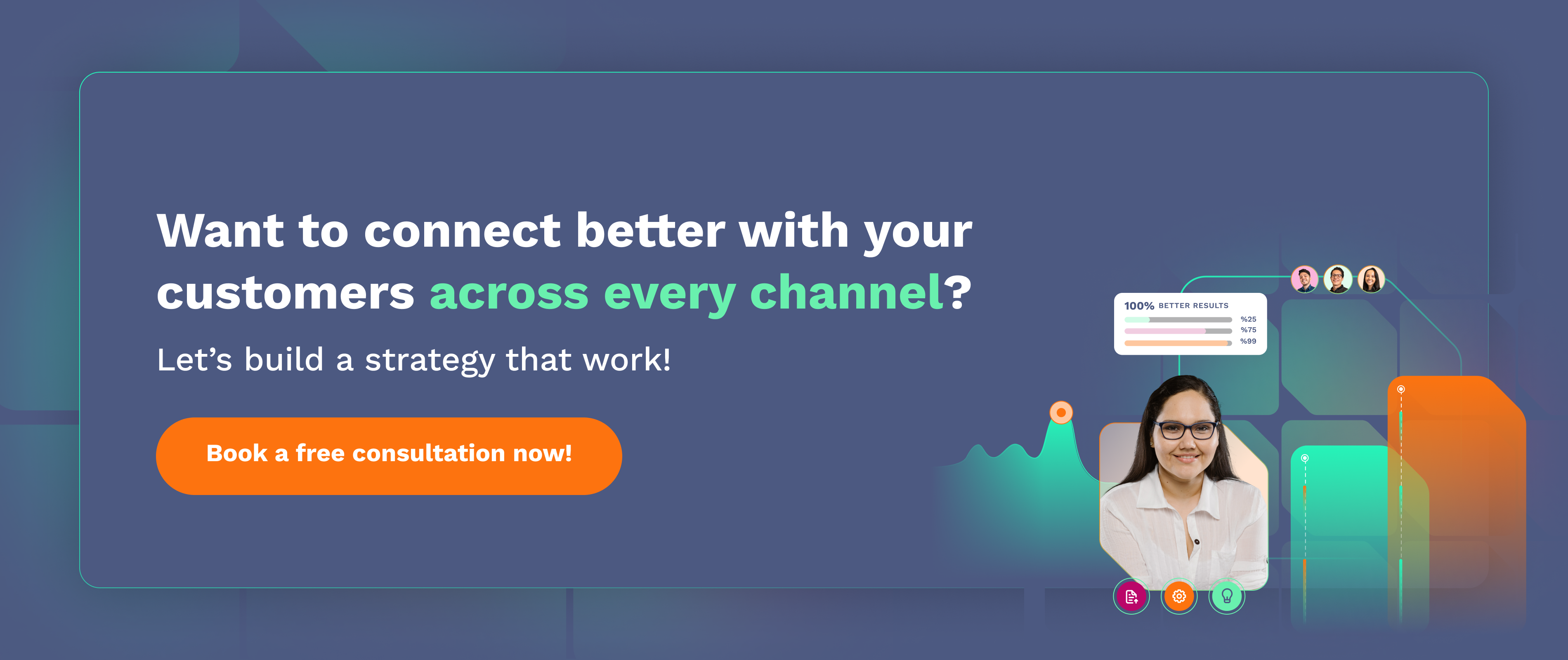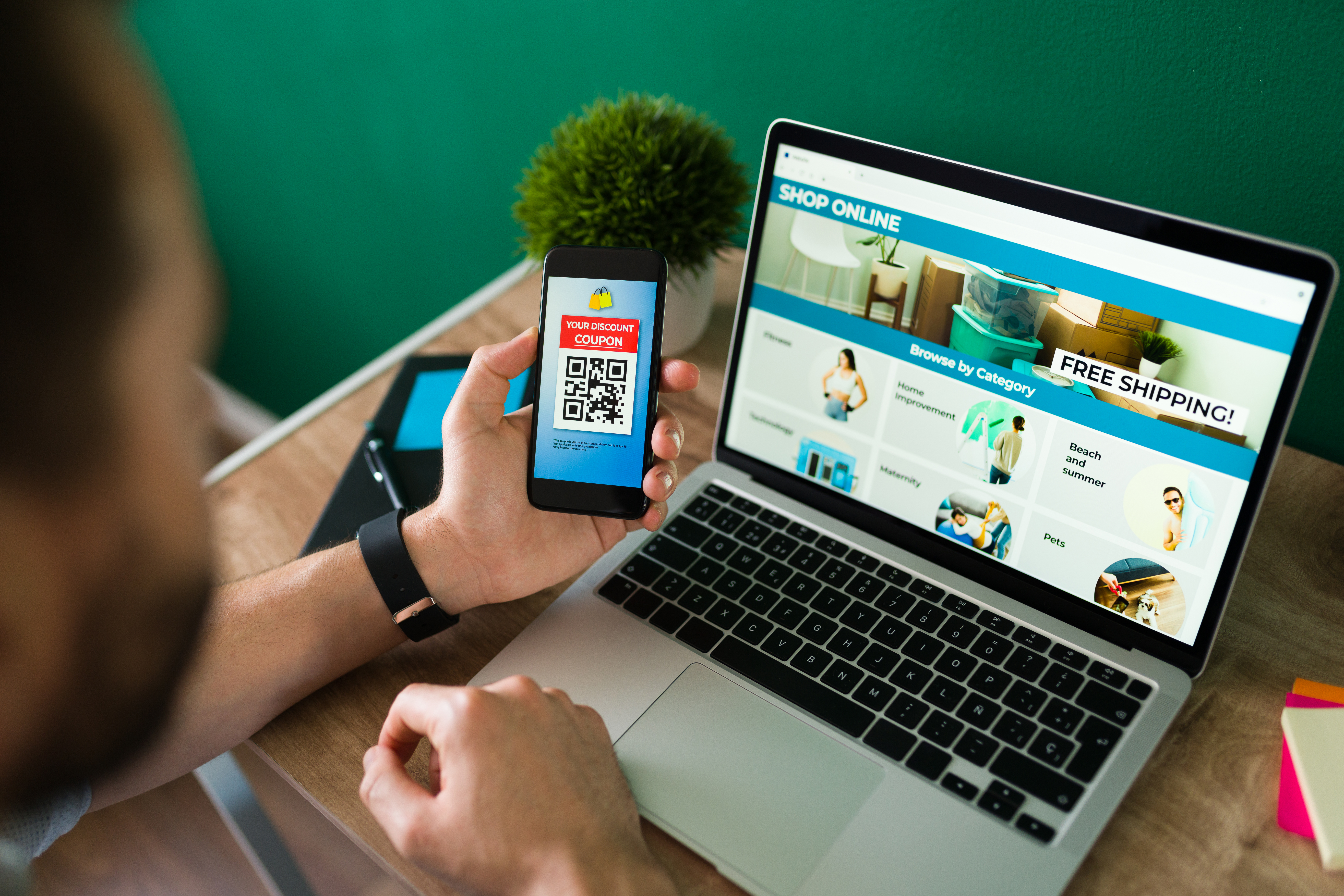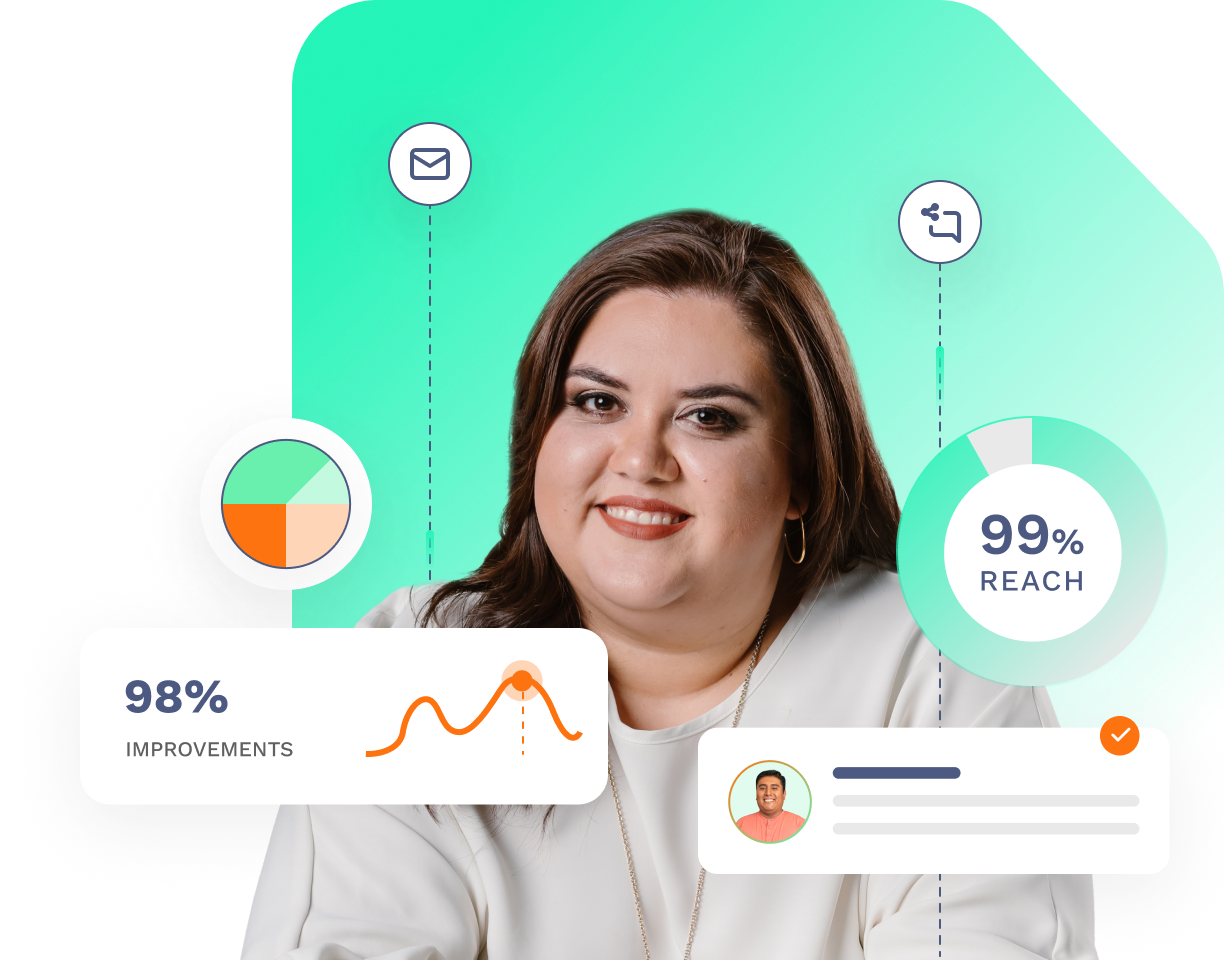In today’s saturated digital environment, your customers aren’t confined to a single channel. They discover your brand on Instagram, visit your site via mobile, abandon a cart on desktop, and respond to an SMS discount two days later. If you’re not meeting them at each step — with relevant, timely, and connected messages — you’re losing revenue.
Omnichannel marketing automation empowers brands to connect these dots automatically, creating seamless customer experiences that span every touchpoint. The result: more engagement, higher conversions, and stronger loyalty.
What Is Omnichannel Marketing Automation? 🤔
Omnichannel marketing automation is the process of delivering coordinated, personalized messages to users across channels like email, SMS, social media, websites, mobile apps, and even in-store — all managed from a centralized platform. Unlike multichannel strategies, where each channel is siloed, omnichannel marketing ensures the customer experience is cohesive and informed by past interactions.
Why It Matters More Than Ever
Consumers today expect relevance at every step. Whether they’re on your app or checking their inbox, they want messages that reflect their interests, behavior, and history with your brand.
Benefits of omnichannel marketing automation include:
-
Consistent, personalized customer journeys
-
Increased engagement and conversion rates
-
Improved customer retention and lifetime value
-
Reduced manual marketing effort
The Role of a CRM Like HubSpot in Omnichannel Automation⚙️
A powerful CRM like HubSpot is the foundation of successful omnichannel automation. Why?
1. Centralized Customer Data
HubSpot consolidates data from multiple sources — website interactions, email opens, ad clicks, social media engagement, form fills, and sales activity — into one unified contact profile. This 360-degree view is essential to delivering truly personalized experiences.
2. Unified Messaging Across Channels
Using HubSpot, marketers can set up automated workflows that span email, SMS (via integrations), web content, chatbots, and even sales hand-offs. For instance, a user downloading a whitepaper can be enrolled into a workflow that sends a follow-up email, triggers a chatbot outreach, and alerts a sales rep — all based on behavioral cues.
3. Smart Segmentation and Targeting
HubSpot’s CRM allows you to segment users based on behaviors (e.g., “visited pricing page 3x in 2 days”) or lifecycle stages (e.g., MQL vs. customer), and deliver custom messaging through their preferred channel.
4. Reporting That Connects the Dots
With built-in analytics, HubSpot helps you track how each touchpoint contributes to the customer journey. You can see whether a lead first engaged via a Facebook ad, then signed up via email, and later converted through a nurturing campaign — all in one place.
How to Build an Omnichannel Automation Strategy 🤝
Crafting a high-performing omnichannel automation strategy requires more than launching emails and ads across different platforms — it demands data unification, channel orchestration, intelligent automation, and continuous refinement, all grounded in a deep understanding of customer behavior.
1. Build a Unified Customer Identity Graph
The foundation of omnichannel automation is identity resolution — the ability to recognize and track individual users across devices and sessions. This means integrating behavioral, transactional, and demographic data into a centralized profile, typically managed through a CRM like HubSpot or a customer data platform (CDP). Without this, your automation is fragmented and reactive rather than proactive.
The more accurate your customer profiles, the more effectively you can automate context-aware journeys. For example, if a user abandons a cart on mobile and later opens an email on desktop, your platform should interpret that as a single interaction thread — not two siloed events.
2. Define Behavioral-Based Lifecycle Triggers (Not Just Stages)
Many marketers automate based on funnel stages alone (e.g., lead > MQL > SQL), but true omnichannel orchestration relies on behavioral inflection points — moments of intent or hesitation.
Examples include:
-
Visiting a high-intent page (like “pricing” or “enterprise solutions”)
-
Returning to a feature comparison blog post
-
Dropping off during checkout or a lead gen form
Build automation logic that doesn’t just react but predicts — using past behavior and channel preferences to choose the most effective next action.
3. Design Channel-Agnostic Journeys
Don’t start with “We need an email campaign.” Instead, begin with, “What is the most effective channel mix to move this user forward?” Your automation logic should assign follow-up steps based on user preference and channel performance — not marketing convenience.
For instance:
-
If a user ignores emails but responds to LinkedIn messages, shift your nurture sequence to include InMail.
-
If a customer has a history of fast conversions via SMS, bypass slower email sequences and trigger an exclusive text offer.
Use your CRM or automation platform to test and learn optimal pathways per persona segment — and route users dynamically based on results.
4. Orchestrate Messaging Cadence and Context
Automation is not just about when you send messages — it’s about timing in relation to user context. For example:
-
A webinar signup reminder shouldn’t go out the day after a customer churns.
-
A product recommendation email should reflect the latest browsing behavior, not last week’s.
Use event-driven triggers, recency-based logic, and exclusion criteria (e.g., “do not email if case escalated in support”) to ensure your automation is timely, relevant, and context-aware.
Advanced teams implement “cooling periods,” “re-engagement timers,” and AI-driven timing optimization to orchestrate high-performing journeys that respect attention, not demand it.
5. Set Cross-Channel Success Metrics
Avoid measuring performance in silos (e.g., open rates for email, CTRs for ads). Omnichannel automation success is measured by end-to-end outcomes, such as:
Use attribution modeling (first-touch, multi-touch, or data-driven) to understand how each channel contributes across the journey — and adjust your automation logic accordingly. Platforms like HubSpot provide journey analytics dashboards that make this easier to visualize and iterate on.
Common Mistakes to Avoid in Omnichannel Automation✅
Even the best marketing tech stack can fall flat if not used strategically. Here are the most common — and costly — mistakes businesses make when rolling out omnichannel automation, along with insights on how to avoid them:
1. Using the Same Message Across All Channels
Replicating the same creative and copy across email, SMS, ads, and web popups may seem efficient, but it ignores the nuances of each channel. What works in an email subject line may fall flat as an SMS or be too long for a Facebook ad.
What to do instead: Tailor content to the context and intent of each channel. SMS should be short and urgent; email can tell a longer story; ads must grab attention fast. Use the same core message — but adapt tone, length, and CTA accordingly.
2. Automating Without Personalization
Too many brands deploy automation as a blunt force tool: "If X happens, send Y." But without personalization, automation becomes noise — and modern users tune it out quickly.
What to do instead: Layer user behavior, preferences, lifecycle stage, and channel engagement data into your logic. Use dynamic content, conditional logic, and smart segmentation to make each message feel 1:1 — even when it’s sent at scale.
3. Treating All Users the Same
Assuming a first-time visitor should receive the same journey as a returning customer is a fast way to lose both. Omnichannel automation should flex based on intent signals and history.
What to do instead: Create branching journeys for different personas and lifecycle stages. For example:
-
First-time visitor → brand education sequence
-
Cart abandoner → urgency and incentives
-
Inactive user → reactivation flow across multiple touchpoints
Let behavior — not just lead status — guide your automation logic.
4. Failing to Connect Marketing With Sales and Support
When automation lives only in the marketing department, it leads to disconnected experiences. A lead might receive a product pitch email minutes after opening a support ticket — or a retargeting ad long after they’ve converted.
What to do instead: Integrate your automation with your CRM (like HubSpot), and build shared logic across marketing, sales, and service teams. Ensure workflows pause or pivot based on events like:
Automation should listen and adapt, not just broadcast.
5. Ignoring Real-Time Behavior and Channel Signals
Some automations run on fixed timelines without considering if a user has already taken the intended action — like receiving a “Did you forget something?” message after they’ve already checked out.
What to do instead: Use real-time behavioral triggers and suppression rules. Set up logic like:
-
“If user completes action, exit workflow”
-
“If user opens SMS but not email, switch channel for next message”
-
“Pause nurture if deal is in progress”
Responsive automation respects the customer’s time and improves trust.
6. Over-Automating Without Strategic Oversight
Just because you can automate every interaction doesn’t mean you should. Over-automation leads to message fatigue, brand dilution, and even deliverability issues.
What to do instead: Audit your journeys quarterly. Check for overlaps, gaps, and redundant messaging. Prioritize value and relevance over volume, and leave room for human touchpoints when appropriate — especially in high-consideration sales.






.png?width=90&height=90&name=facebook%20(1).png)

.png?width=94&height=96&name=Vector%20(1).png)

